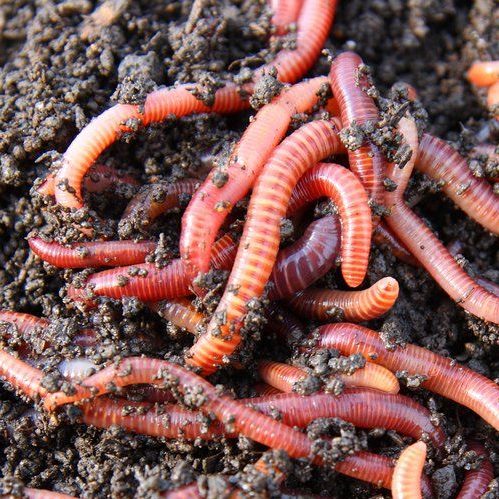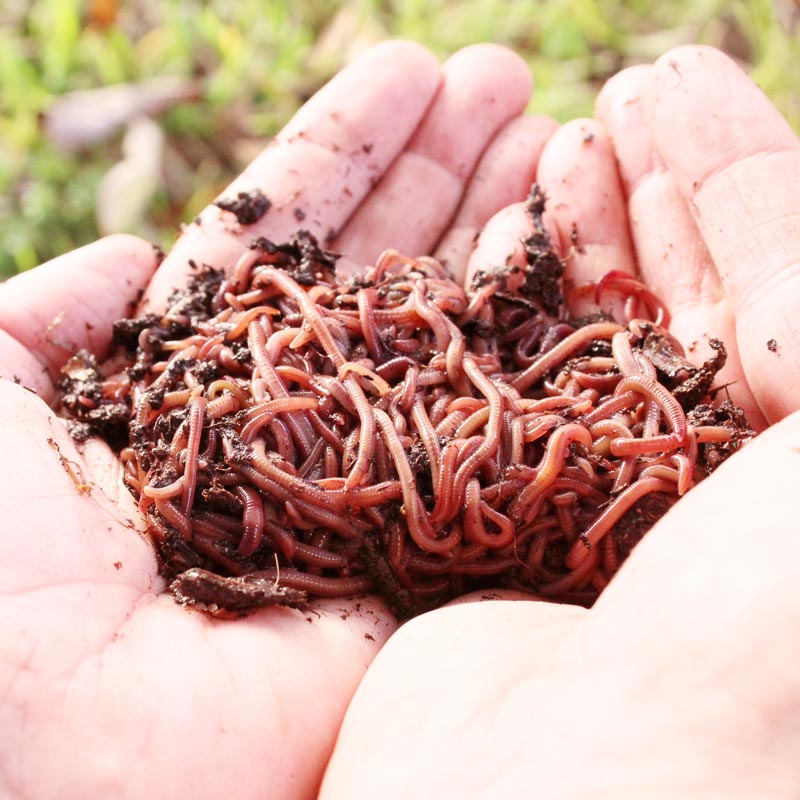Lake Hickory Bait: Reliable Supplies for Every Season of Fishing
Lake Hickory Bait: Reliable Supplies for Every Season of Fishing
Blog Article
Exactly How Red Wigglers Can Change Your Composting Experience
The integration of red wigglers into composting practices provides a transformative method to squander administration and soil enrichment. Comprehending the particular demands and advantages linked with keeping a thriving worm population is essential for maximizing their potential.
Benefits of Red Wigglers
Red wigglers, scientifically referred to as Eisenia fetida, are a foundation of reliable composting systems as a result of their impressive capacity to decompose organic matter efficiently. These worms excel in transforming kitchen scraps, yard waste, and various other natural products into nutrient-rich compost, generally described as worm spreadings. Lake Hickory Bait. This process not just lowers land fill waste however also adds to sustainable gardening techniques
Among the primary advantages of red wigglers is their high recreation price, allowing them to populate a composting atmosphere swiftly. This rapid reproduction improves decay prices, resulting in faster compost manufacturing. Furthermore, red wigglers grow in a diverse range of conditions, making them versatile to various composting arrangements.

Establishing Your Worm Container
(Granite Falls NC Worms For Sale)To produce an efficient worm bin for composting, mindful focus should be provided to its layout and atmosphere. An excellent worm bin need to be built of materials that are durable yet enable needed air movement, such as plastic or timber. The dimension of the bin can differ, yet a volume of roughly 1 square foot per pound of worms is an excellent beginning point.
Guarantee that the bin has drain holes to avoid water buildup, which can cause anaerobic problems damaging to the worms. Additionally, integrating ventilation openings will assist maintain appropriate humidity levels and oxygen circulation.
Following, it is vital to give bedding for the worms, which can consist of shredded newspaper, cardboard, or coconut coir. This bedding not only supplies a habitat for the worms but likewise aids in wetness retention.
Placement the worm bin in an area that keeps a temperature variety of 55-77 ° F(13-25 ° C) to optimize worm task. Avoid putting the container in direct sunshine or severe temperatures. By following these standards, you can create a conducive atmosphere for red wigglers, enhancing the performance of your composting process.
What to Feed Your Worms

(Charlotte NC Worms For Sale)Red wigglers particularly delight in soft, moist foods like watermelon rinds, cucumber peels, and banana peels. It is important to prevent feeding them citrus fruits, onions, and garlic, as these can be harmful to their well-being. Additionally, prepared foods, dairy products, and meat needs to be purely avoided, as they can lead to smells and draw in pests.
Supplying a regular feeding routine will certainly assist maintain your worm population prospering while improving the total performance of your composting efforts. By comprehending what to feed your worms, you lay the foundation for an effective and sustainable composting experience.
Keeping a Healthy Environment
Creating a growing composting atmosphere for red wigglers calls for attention to their environment, as it directly influences their wellness and productivity. The excellent habitat should keep a balanced wetness degree, generally in between 60-70%. Excessive moisture can bring about anaerobic conditions, while not enough moisture may dry out the worms.

The bedding material in the garden compost need to be diverse and shredded, including products like cardboard, newspaper, and coconut coir. This not only offers a comfy setting however also functions as a food resource. Lake Hickory Bait. On a regular basis checking for smells or indications of bugs can help determine potential issues before they intensify
Lastly, maintaining a balanced pH level, ideally in between 6 and 7, ensures a conducive habitat for red wigglers, cultivating their this website ability to process natural matter successfully. By dealing with these factors, you can produce a lasting and efficient composting ecosystem.
Harvesting and Making Use Of Garden Compost
Harvesting compost from a worm container is a satisfying procedure that transforms natural waste into nutrient-rich product for yards and plants. This can be done utilizing methods such as the "light" approach, where worms are drawn in to light and can be scooped away from the leading layers, or by relocating the garden compost to one side of the bin and including fresh bed linen to the various other side, motivating the worms to migrate.
Once the worms are removed, the remaining compost can be sifted to get rid of any larger bits or undecomposed product. This abundant compost can be used straight to yard beds, combined into potting soil, or used as a leading clothing for potted plants.
Final Thought
Including red wigglers into composting practices dramatically improves the decomposition process and adds to the production of nutrient-rich vermicompost. The resulting worm castings improve dirt structure, fertility, and microbial activity, inevitably promoting much healthier plant growth.
Report this page